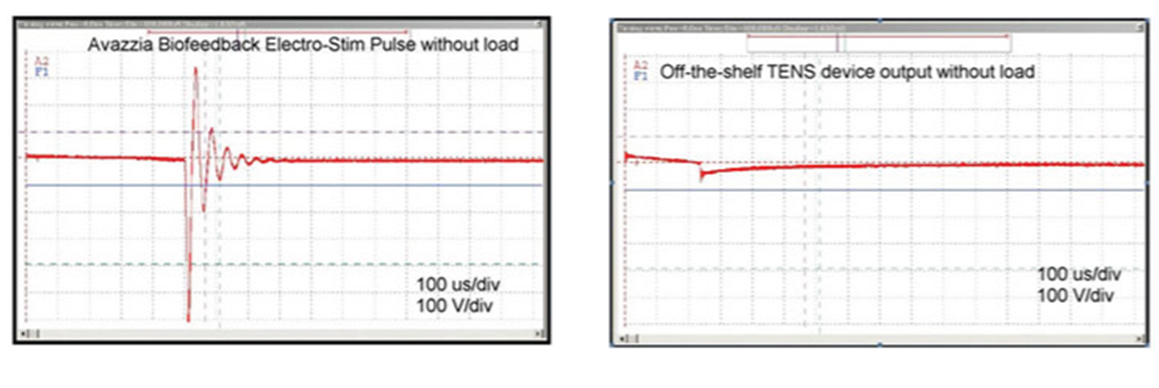
While Avazzia devices and TENS devices both stimulate the nervous system, they differ significantly in their approach. Avazzia technology utilizes microcurrent and specifically targets the C-fibers of the nervous system, whereas most TENS devices primarily affect the A- and B-fibers. By targeting C-fibers, Avazzia devices stimulate the production of neuropeptides and other regulatory peptides, which play a crucial role in the body’s healing processes.
Avazzia stands out due to its interactive response feature, which continuously adjusts the microcurrent signal based on changes in tissue characteristics. This prevents the body from habituating or accommodating to the signal. The device monitors tissue response and adapts the microcurrent accordingly. According to user surveys, Avazzia treatment has been reported to reduce pain, enhance sleep quality, and significantly improve users’ ability to engage in daily activities.
Life Without Pain
What Is TENS?
TENS units, which stand for Transcutaneous Electrical Nerve Stimulation, employ electrical currents passed through the skin to stimulate nerves. They come in various forms, powered by sources like wall plugs, 9V batteries, or other types of batteries. Additionally, TENS units utilize different methods to conduct current, including onboard electrodes, lead wires with adhesive pads, masks, wraps, and other fabric-like options.
Avazzia, on the other hand, utilizes two AA batteries and employs all the aforementioned methods to deliver microcurrent therapy to the patient. This includes onboard electrodes, lead wires with pads, as well as accessories like Y-electrodes and pencil electrodes. Moreover, Avazzia offers fabric-like options such as wraps, gloves, and socks. With its proprietary software and microchips, Avazzia boasts a better engineered and more effective treatment method compared to traditional TENS units.
Avazzia: Life Without Pain